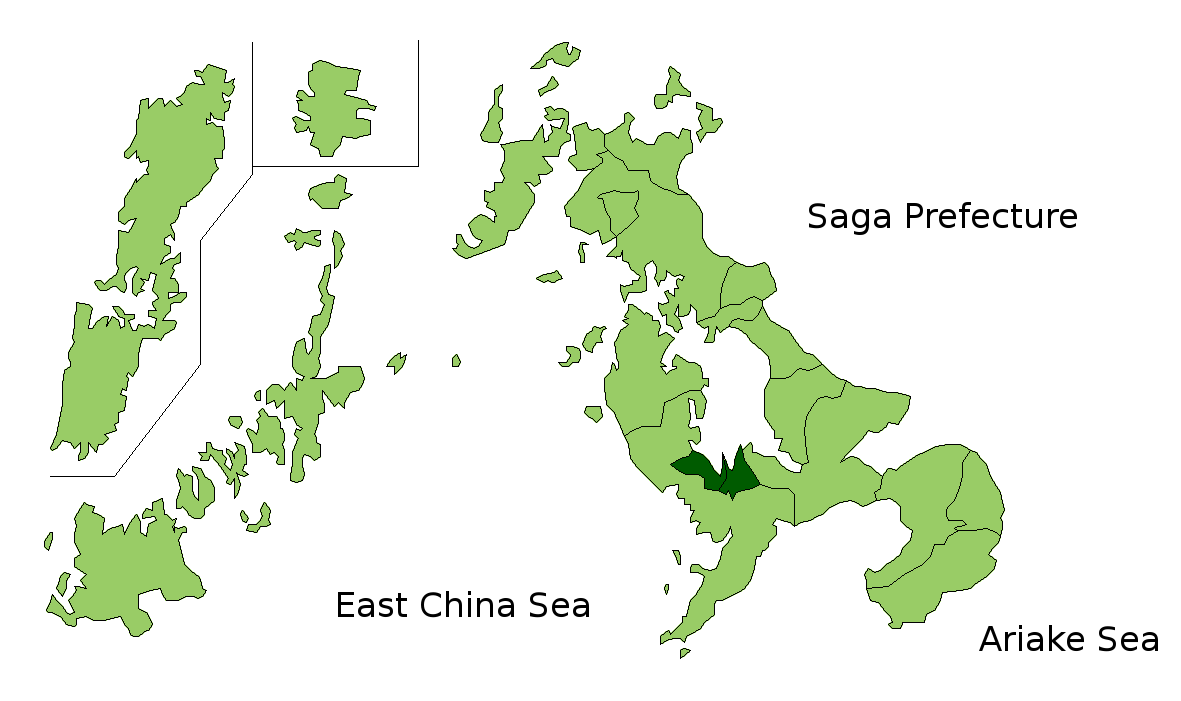|
Chozaburo Kusumoto
''Translated from the corresponding article in the Japanese Wikipedia. May be expanded'' Kusumoto Ch┼Źzabur┼Ź (Japanese language, Japanese: µźĀµ£¼ķĢĘõĖēķāÄ) (10 March 1871 - 6 December 1946) was a Japanese scientist, physician and the second president of Osaka University, Osaka Imperial University. He was the founder of Osaka Medical College, and oversaw the elevation of the school from a prefectural college to an imperial university. In establishing the Research Institute for Microbial Diseases and the Institute of Scientific and Industrial Research, he greatly contributed to the expansion of Osaka Imperial University. Early life Kusumoto was born in the village of Shichikama, later incorporated into the town of Saikai, in Nishisonogi District, Nagasaki on 10 March 1871, or the 20th day of the first month by the old calendar then still in use. The second son of Kusumoto Gansho, he lost his father at an early age and was raised by his mother and grandfather, who himself died in Oc ... [...More Info...] [...Related Items...] OR: [Wikipedia] [Google] [Baidu] |
Saikai
is a city located in Nagasaki Prefecture, Japan. As of March 2017, the city has an estimated population of 28,815 and a population density of 4,700 persons per km2. The total area is 242.01 km2. The modern city of Saikai was established on April 1, 2005, from the merger of five towns on the northern tip of Nishisonogi Peninsula: the former town of Saikai, ┼īseto, ┼īshima, Sakito and Seihi (all from Nishisonogi District). Its city hall is the former town hall of ┼īseto. The economy of the towns in this area were dominated by fishing and whaling in the Edo period, and coal mining in the Meiji period. The area is now primarily agricultural, with forestry products and tourism also of importance. However, on Oshima island, north of Saikai and close to Sasebo, a large shipyard is active building bulk ships and metal structures, i.e. Oshima Shipbuilding, in which the Sumitomo Heavy Industries has shares. Geography Climate Saikai has a humid subtropical climate (K├Čppen K├Čpp ... [...More Info...] [...Related Items...] OR: [Wikipedia] [Google] [Baidu] |
Nishisonogi District, Nagasaki
is a district located in Nagasaki Prefecture, Japan. As of January 1, 2009, the district has an estimated population of 72,238 and a density of 1460 persons per km2. The total area is 49.54 km2. Towns and villages *Nagayo *Togitsu Mergers * January 1, 1955 the village of Fukuda merged into the city of Nagasaki. *On January 4, 2005 six towns, I┼Źjima, K┼Źyagi, Nomozaki, Sanwa, Sotome and Takashima merged into the city of Nagasaki. *On March 1, 2005 the town of Tarami, along with the towns of Iimori, Konagai, Moriyama and Takaki, all from Kitatakaki District, merged into the expanded city of Isahaya. *On April 1, 2005 the old town of Saikai absorbed the towns of ┼īseto, ┼īshima, Sakito and Seihi to form the new city of Saikai. *On January 4, 2006 the town of Kinkai merged into the city of Nagasaki is the capital and the largest city of Nagasaki Prefecture on the island of Kyushu in Japan. It became the sole port used for trade with the Portugu ... [...More Info...] [...Related Items...] OR: [Wikipedia] [Google] [Baidu] |
Osaka
is a designated city in the Kansai region of Honshu in Japan. It is the capital of and most populous city in Osaka Prefecture, and the third most populous city in Japan, following Special wards of Tokyo and Yokohama. With a population of 2.7 million in the 2020 census, it is also the largest component of the Keihanshin Metropolitan Area, which is the second-largest metropolitan area in Japan and the 10th largest urban area in the world with more than 19 million inhabitants. Osaka was traditionally considered Japan's economic hub. By the Kofun period (300ŌĆō538) it had developed into an important regional port, and in the 7th and 8th centuries, it served briefly as the imperial capital. Osaka continued to flourish during the Edo period (1603ŌĆō1867) and became known as a center of Japanese culture. Following the Meiji Restoration, Osaka greatly expanded in size and underwent rapid industrialization. In 1889, Osaka was officially established as a municipality. The construc ... [...More Info...] [...Related Items...] OR: [Wikipedia] [Google] [Baidu] |
Japanese Language
is spoken natively by about 128 million people, primarily by Japanese people and primarily in Japan, the only country where it is the national language. Japanese belongs to the Japonic or Japanese- Ryukyuan language family. There have been many attempts to group the Japonic languages with other families such as the Ainu, Austroasiatic, Koreanic, and the now-discredited Altaic, but none of these proposals has gained widespread acceptance. Little is known of the language's prehistory, or when it first appeared in Japan. Chinese documents from the 3rd century AD recorded a few Japanese words, but substantial Old Japanese texts did not appear until the 8th century. From the Heian period (794ŌĆō1185), there was a massive influx of Sino-Japanese vocabulary into the language, affecting the phonology of Early Middle Japanese. Late Middle Japanese (1185ŌĆō1600) saw extensive grammatical changes and the first appearance of European loanwords. The basis of the standard dialect moved f ... [...More Info...] [...Related Items...] OR: [Wikipedia] [Google] [Baidu] |

